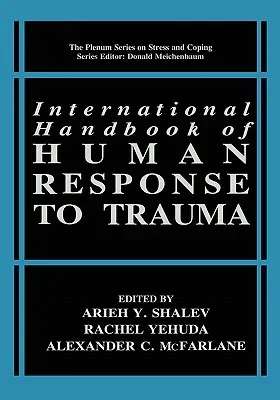In 1996, representatives from 27 different countries met in Jerusalem to
share ideas about traumatic stress and its impact. For many, this
represented the first dialogue that they had ever had with a mental
health professional from another country. Many of the attendees had
themselves been exposed to either personal trauma or traumatizing
stories involving their patients, and represented countries that were
embroiled in conflicts with each other. Listening to one another became
possible because of the humbling humanity of each participant, and the
accuracy and objectivity of the data presented. Understanding human
traumatization had thus become a common denomi- nator, binding together
all attendees. This book tries to capture the spirit of the Jerusalem
World Conference on Traumatic Stress, bringing forward the diversities
and commonalties of its constructive discourse. In trying to structure
the various themes that arose, it was all too obvious that paradigms of
different ways of conceiving of traumatic stress should be addressed
first. In fact, the very idea that psychological trauma can result in
mental health symptoms that should be treated has not yet gained
universal acceptability. Even within medicine and mental health,
competing approaches about the impact of trauma and the origins of
symptoms abound. Part I discusses how the current paradigm of traumatic
stress disorder developed within the historical, social, and process
contexts. It also grapples with some of the difficulties that are
presented by this paradigm from anthropologic, ethical, and scientific
perspectives.

